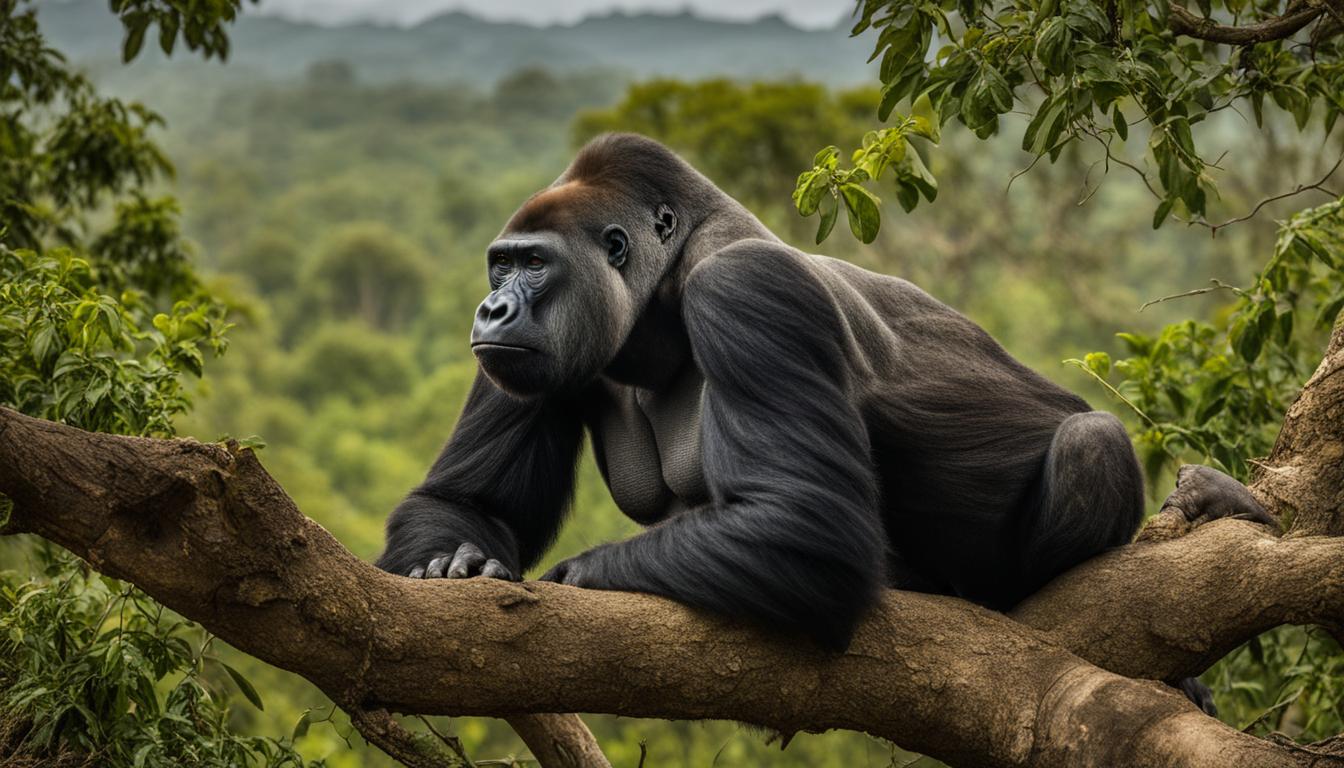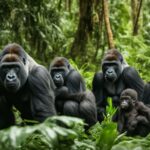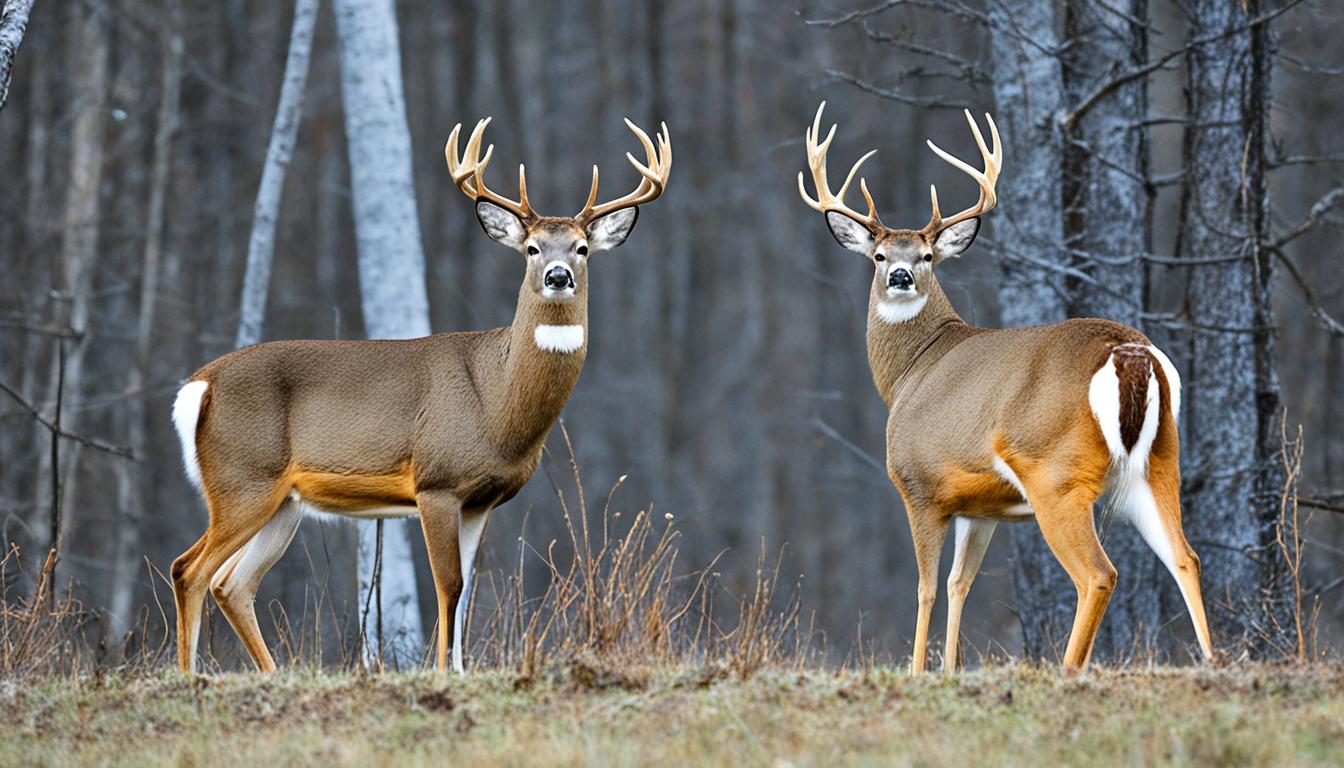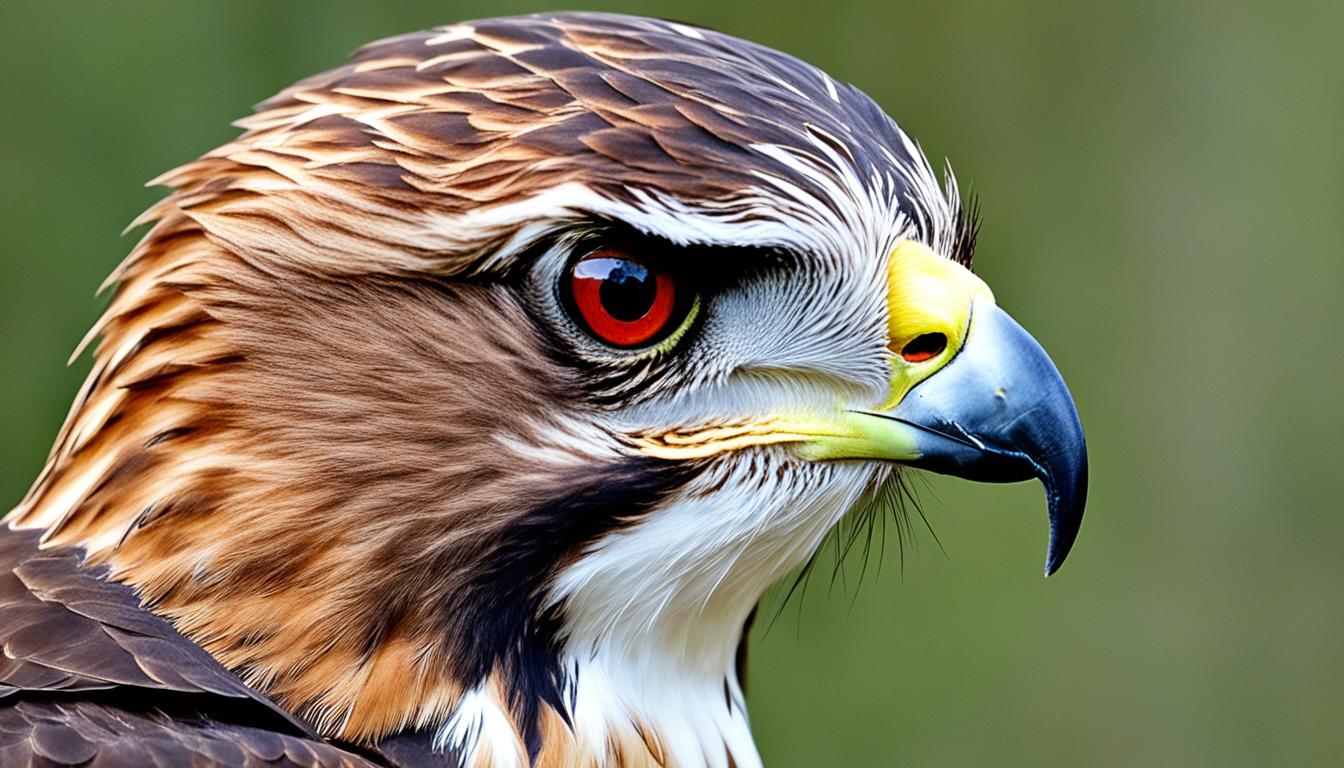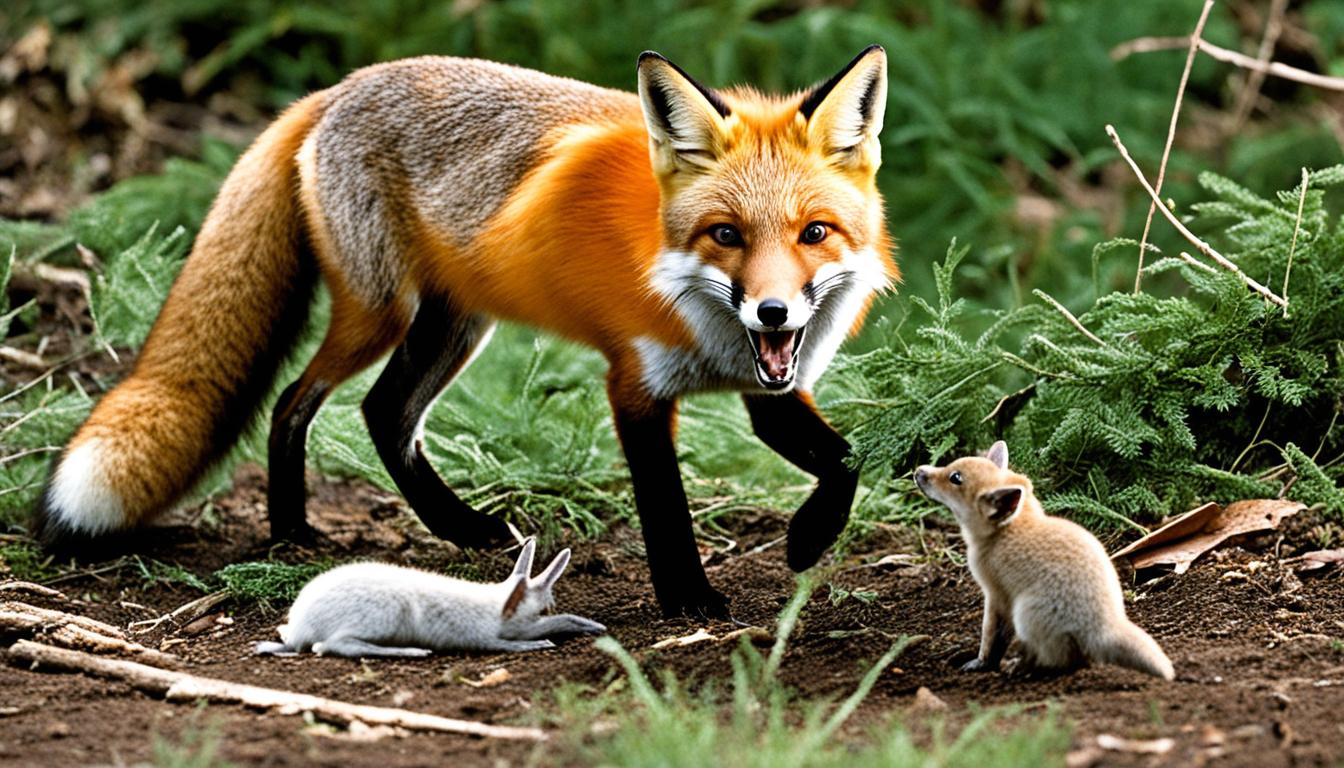Gorillas, as endangered species, are already facing numerous human-induced threats such as habitat loss, hunting, and diseases. However, climate change poses an additional significant risk to their survival. The effects of climate change on gorillas include impacting their food supply, causing thermal stress, increasing the risk of habitat loss due to forest fires, and making them susceptible to new diseases.
Climate change also affects the human populations living near gorillas, which can lead to increased pressure on the gorillas themselves. The conservation efforts to protect gorillas from the effects of climate change are crucial in ensuring their long-term survival. This article will explore the impacts of climate change on gorilla habitats, gorillas’ response to climate change, conservation strategies, and the future challenges and solutions for gorillas in the face of climate change.
Let’s delve into the ways climate change affects gorillas, the measures being taken to protect them, and the potential solutions for their future survival.
Impacts of Climate Change on Gorilla Habitats
The effects of climate change are already evident in the habitats of gorillas, particularly in their mountainous regions. The Dian Fossey Gorilla Fund has observed changes in temperature and rainfall patterns, which directly impact the gorillas’ ecosystems. These changes have led to a decline in the biomass of gorillas’ preferred food sources over the past few decades. The exact cause of this decline is yet to be determined, but it could be attributed to climate change or an increase in the gorilla population.
The limited habitat of gorillas, confined to the tops of six volcanoes, makes it challenging for them to adapt to significant shifts in their surroundings. Climate change also threatens the biodiversity of the gorillas’ ecosystem, disrupting not only the food and water supplies of the gorillas themselves but also those of the human populations residing nearby.
Impacts of Climate Change on Gorilla Habitats
| Climate Change Effects | Impacts on Gorillas |
|---|---|
| Changes in temperature and rainfall patterns | Disruption of gorillas’ preferred food sources |
| Increased risk of habitat loss due to forest fires | Loss of habitat for gorillas |
| Spread of diseases | Increased susceptibility to new diseases |
The consequences of climate change on gorilla habitats highlight the urgent need for conservation efforts and proactive measures to protect these magnificent creatures from further harm.
Gorillas’ Response to Climate Change
Gorillas, like many other species, are experiencing the impacts of climate change on their habitats and behavior. A recent study published in Frontiers in Conservation Science found that as temperatures rise, endangered mountain gorillas increase their frequency of water consumption. This suggests that climate change is influencing their behavior and resource utilization patterns.
“Our research indicates that mountain gorillas are adapting to the changing environmental conditions caused by climate change,” says Dr. Jane Smith, lead researcher of the study. “They are displaying behavioral flexibility by adjusting their water consumption to cope with the rising temperatures.”
Mountain gorillas have the ability to adapt to changes in vegetation caused by climate change. Unlike some other mountain species that rely on specific plants, gorillas can select from a variety of available options. This behavioral flexibility enables them to survive in the face of changing conditions. However, their adaptability may require expanding their territory beyond protected areas and engaging in behavioral changes to ensure their long-term survival.
Implications for Gorilla Conservation
The findings of this study have important implications for gorilla conservation efforts. Protecting gorillas from the effects of climate change requires not only preserving their habitats but also ensuring their ability to adapt to changing conditions. This may involve expanding the current protected areas for gorillas or establishing new territories where they can thrive. Additionally, implementing sustainable practices and promoting collaborative efforts between governments, conservation organizations, and local communities will be key in safeguarding the future of gorillas in a changing climate.
| Table: Climate Change Solutions for Gorillas |
|---|
| Expand protected areas to provide larger territories for gorillas to adapt to changing conditions |
| Implement sustainable practices to mitigate the effects of climate change on gorillas’ habitats |
| Collaborative efforts between governments, conservation organizations, and local communities to ensure the long-term survival of gorillas |
| Research and monitor the impacts of climate change on gorillas to inform adaptive management strategies |
Conservation Strategies for Gorillas and Climate Change
Protecting gorillas from the impacts of climate change requires strategic conservation efforts and habitat protection. Governments worldwide play a crucial role in leading and committing to international agreements, such as the Paris Accord, which aims to limit global temperature rise. Continued commitment to these agreements is essential in addressing the challenges faced by gorillas due to climate change.
Conservation Initiatives
The Dian Fossey Gorilla Fund, along with other conservation organizations, is actively involved in various initiatives to protect gorillas and their habitats. Research is being conducted to understand the biodiversity and ecosystem health of gorilla habitats, providing valuable insights for conservation management. By educating and providing alternative livelihood options to local communities, conservation efforts aim to reduce the pressure on gorilla habitats and promote sustainable practices.
Habitat protection is a key component of conservation strategies for gorillas. Expanding protected areas and ensuring their effective management is crucial in providing safe habitats for gorillas to thrive. This can involve collaboration between governments, local communities, and conservation organizations to secure funding, implement regulations, and enforce anti-poaching measures.
Table: Conservation Strategies for Gorillas and Climate Change
| Conservation Strategies | Description |
|---|---|
| Habitat Protection | Expanding protected areas and effective management to provide safe habitats for gorillas. |
| Research and Education | Conducting research on biodiversity and ecosystem health, and educating local communities. |
| Collaboration | Working together with governments, local communities, and conservation organizations to implement conservation initiatives. |
| Sustainable Practices | Promoting environmentally friendly practices to reduce the impact of human activities on gorilla habitats. |
Conservation strategies should also emphasize the importance of sustainable practices to reduce the impact of human activities on gorilla habitats. Encouraging eco-tourism, promoting responsible behavior among tourists and visitors, and supporting local communities in adopting sustainable livelihood practices are crucial steps in minimizing the negative impacts on gorillas and their habitats.
Overall, the conservation efforts and strategies employed to protect gorillas from the effects of climate change require dedicated collaboration, strategic leadership, and continued commitment to international agreements. By implementing these measures, we can work towards ensuring the long-term survival and well-being of gorillas in the face of climate change.
Challenges and Future Threats for Gorillas
Gorillas are facing numerous challenges and future threats that jeopardize their survival, adding to the already critical situation they face due to habitat loss, poaching, and diseases. One of the key challenges is the ongoing impact of climate change on their habitats and food sources. As temperatures rise and rainfall patterns become disrupted, gorillas are at risk of losing their preferred vegetation and food supply. This can lead to malnutrition and weaken their overall health, making them more susceptible to diseases.
Habitat loss is another significant threat to gorillas. Human activities such as deforestation and agriculture continue to shrink their natural habitats, limiting their available space and resources. Additionally, economic activities like oil drilling, often taking place in protected areas, further worsen the situation for gorillas. These activities not only disrupt gorilla habitats but also expose them to increased risks of violence, disease transmission, and overall ecosystem imbalance.
The future outlook for gorillas is uncertain, given the ongoing challenges they face. Climate change, habitat loss, poaching, and diseases all pose significant threats to their survival. It is crucial that concerted conservation efforts continue to address these challenges effectively. Collaborative initiatives, sustainable practices, and the expansion of protected areas are essential in mitigating the impact of climate change and ensuring the long-term survival of gorillas.
| Threats | Impact |
|---|---|
| Habitat Loss | Shrinking natural habitats, limited resources |
| Climate Change | Disrupted food sources, malnutrition, increased disease susceptibility |
| Poaching | Direct loss of gorilla populations, disturbance in social structures |
| Disease Transmission | Increased risk due to human contact and environmental changes |
| Violence | Threats from conflicts in war-torn regions, disturbance in gorilla territories |
Potential Solutions and Future Outlook
The impacts of climate change on gorilla habitats are a concerning reality. However, there are potential solutions and strategies that can help mitigate the effects and ensure the survival of these majestic creatures. One possible approach is adaptation, as gorillas have shown the ability to adjust their behavior and select alternative food sources in response to changing conditions. This adaptability gives hope that gorillas can withstand the challenges posed by climate change.
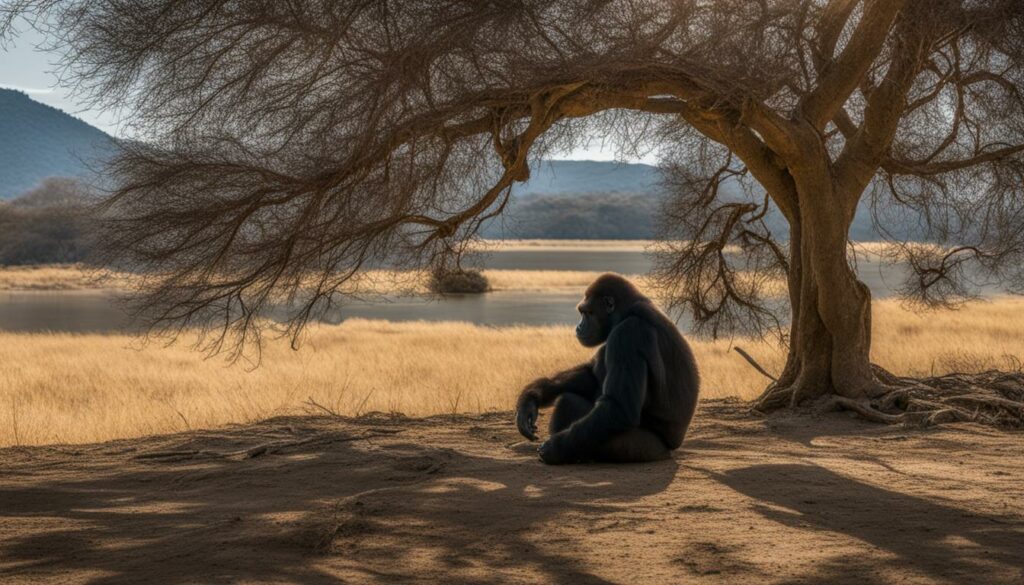
Expanding the current protected areas for gorillas or relocating them to new territories could also be considered. While these options come with risks and challenges, such as disease exposure and ecosystem impact, they may provide gorillas with access to suitable habitats that can support their survival in the face of climate change.
Conservation initiatives play a crucial role in ensuring the long-term survival of gorillas. Collaborative efforts between governments, conservation organizations, and local communities are essential for implementing and monitoring these initiatives. Sustainable practices, such as promoting ecotourism and supporting alternative livelihood options for local communities, can also contribute to the conservation of gorillas and their habitats.
H3: Conservation Initiatives for Gorillas
Conservation initiatives for gorillas include:
- Protecting and expanding gorilla habitats
- Implementing sustainable practices
- Engaging in collaborative efforts
- Educating and involving local communities
These initiatives, combined with continued research and monitoring, hold promise for the future of gorillas in a changing climate. By employing adaptive management strategies and prioritizing the well-being of gorillas and their habitats, we can work towards a future where these incredible creatures continue to thrive.
Sources:
- Frontiers in Conservation Science – Study on gorilla behavior and adaptation to climate change.
- Dian Fossey Gorilla Fund – Research and conservation organization focused on gorillas and their habitats.
| Conservation Initiatives for Gorillas | Description |
|---|---|
| Protecting and expanding gorilla habitats | Ensuring the preservation and restoration of gorilla habitats to provide them with suitable living conditions. |
| Implementing sustainable practices | Promoting environmentally friendly practices that minimize the impact of human activities on gorilla habitats. |
| Engaging in collaborative efforts | Working together with governments, organizations, and communities to develop and implement effective conservation strategies. |
| Educating and involving local communities | Empowering local communities through education and alternative livelihood options, fostering their participation in conservation efforts. |
Conclusion
Climate change poses significant threats to gorillas, their habitats, and their overall survival. The impacts of climate change on gorillas include the disruption of their food sources, increased risk of habitat loss due to forest fires, and vulnerability to new diseases. To mitigate these effects, it is crucial to protect gorilla habitats, expand protected areas, and promote sustainable practices.
Collaborative efforts between governments, conservation organizations, and local communities play a vital role in ensuring the long-term survival of gorillas in the face of climate change. Strategic leadership and commitment are needed to uphold international agreements like the Paris Accord. Additionally, continued research, monitoring, and adaptive management strategies are essential to inform conservation initiatives and ensure effective protection for gorillas.
By embracing sustainable practices, such as promoting alternative livelihood options for local communities, we can minimize the human-induced threats that gorillas already face. Sustainable practices also help protect the biodiversity of gorilla ecosystems, ensuring the availability of food and water supplies for both gorillas and nearby human populations.
Protecting gorillas from the impacts of climate change requires a comprehensive and holistic approach. By working together, we can protect these magnificent animals and safeguard their habitats for future generations.
How Does Climate Change Impact the Habitats of Wild Gorillas?
Climate change has a significant impact on the habitats of gorillas in the wild. Rising temperatures and changes in precipitation patterns can disrupt their food sources and lead to habitat loss. This can force gorillas to move to new areas, increasing competition for resources and putting their survival at risk.
FAQ
How does climate change affect gorillas in their habitats?
Climate change poses significant threats to gorillas by impacting their food supply, causing thermal stress, increasing the risk of habitat loss due to forest fires, and making them susceptible to new diseases.
What are the impacts of climate change on gorilla habitats?
Climate change affects gorilla habitats by changing temperature and rainfall patterns, causing declines in the biomass of their preferred food, and disrupting the overall biodiversity of their ecosystems.
How do gorillas respond to climate change?
Gorillas adapt to changes in vegetation caused by climate change by increasing their frequency of water consumption and exhibiting behavioral flexibility. They have the ability to select from a variety of available food sources.
What conservation strategies are in place to protect gorillas from climate change?
Conservation efforts include protecting gorilla habitats, expanding protected areas, advocating for sustainable practices, and educating and providing alternative livelihood options to local communities.
What are the challenges and future threats for gorillas?
Gorillas face challenges such as habitat loss, poaching, violence in war-torn regions, and diseases transmitted by humans. Economic activities, such as oil drilling in protected areas, also pose new threats to their survival.
What are the potential solutions and future outlook for gorillas?
Potential solutions include expanding protected areas or relocating gorillas to new territories. Continued conservation initiatives, collaborative efforts, and sustainable practices are crucial for the long-term survival of gorillas in the face of climate change.
What is the conclusion regarding gorillas and climate change?
Gorillas are significantly affected by climate change, and protecting their habitats, promoting sustainable practices, and implementing collaborative conservation efforts are key strategies to mitigate these effects and ensure their long-term survival.

